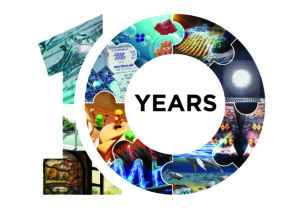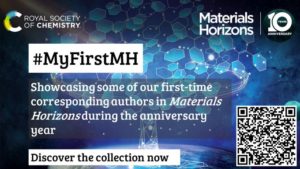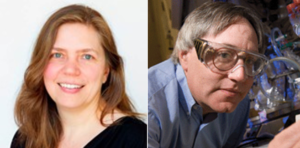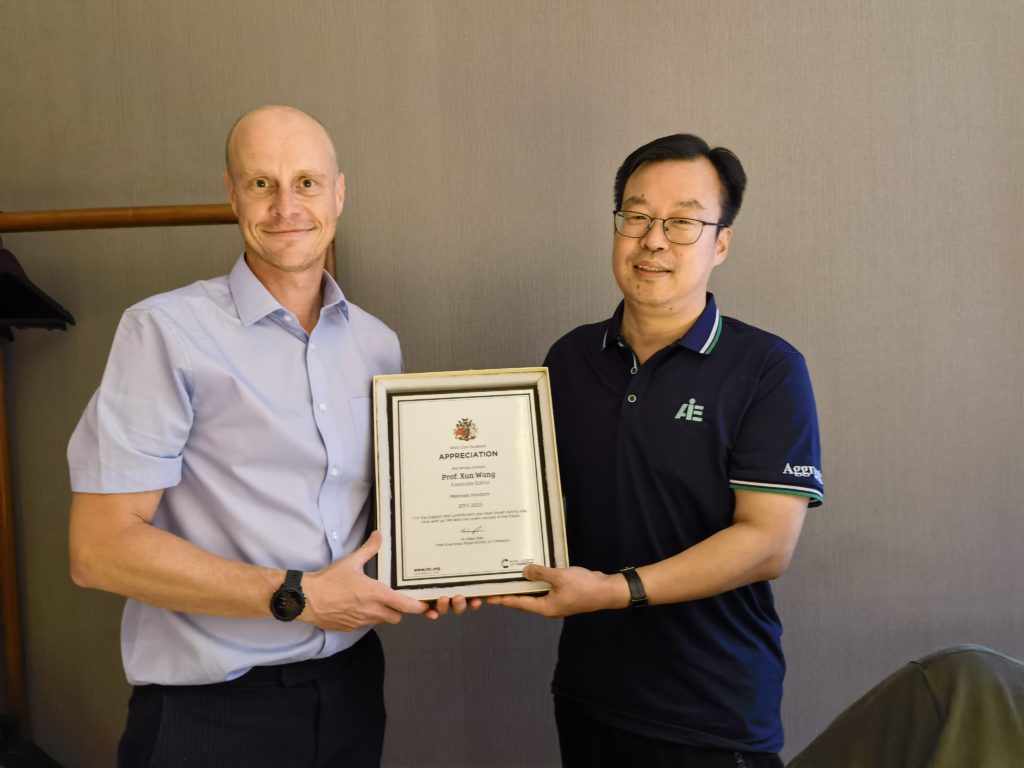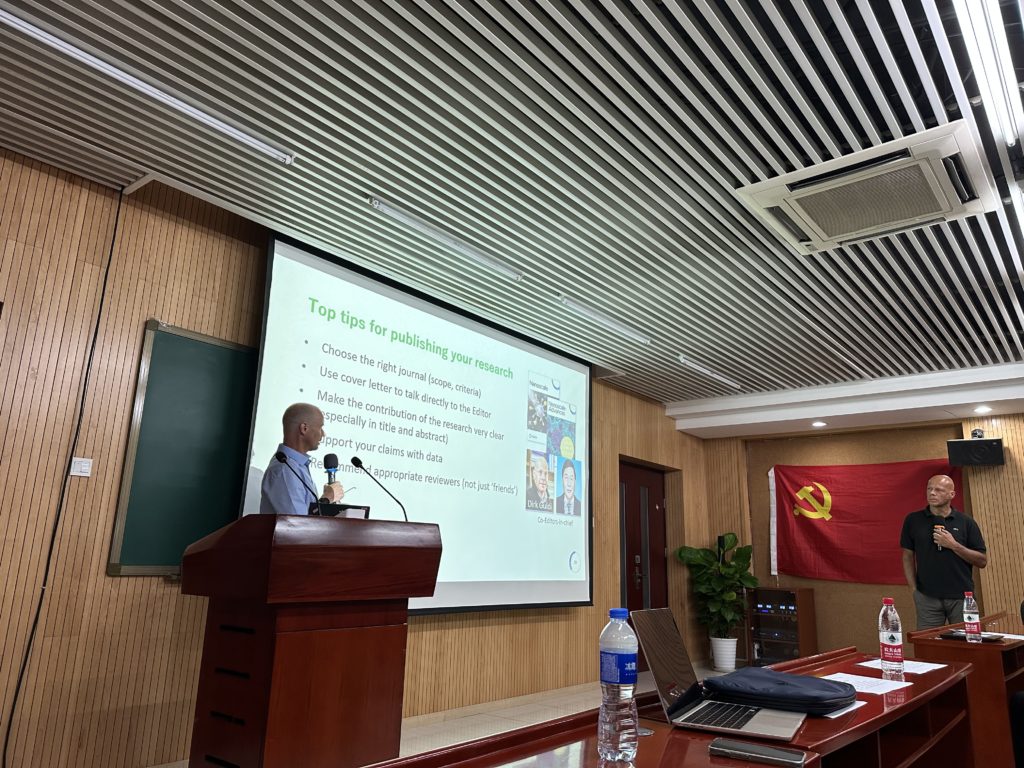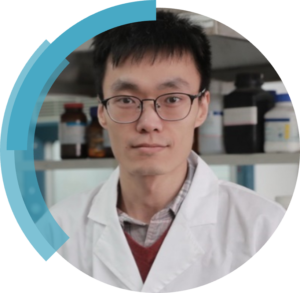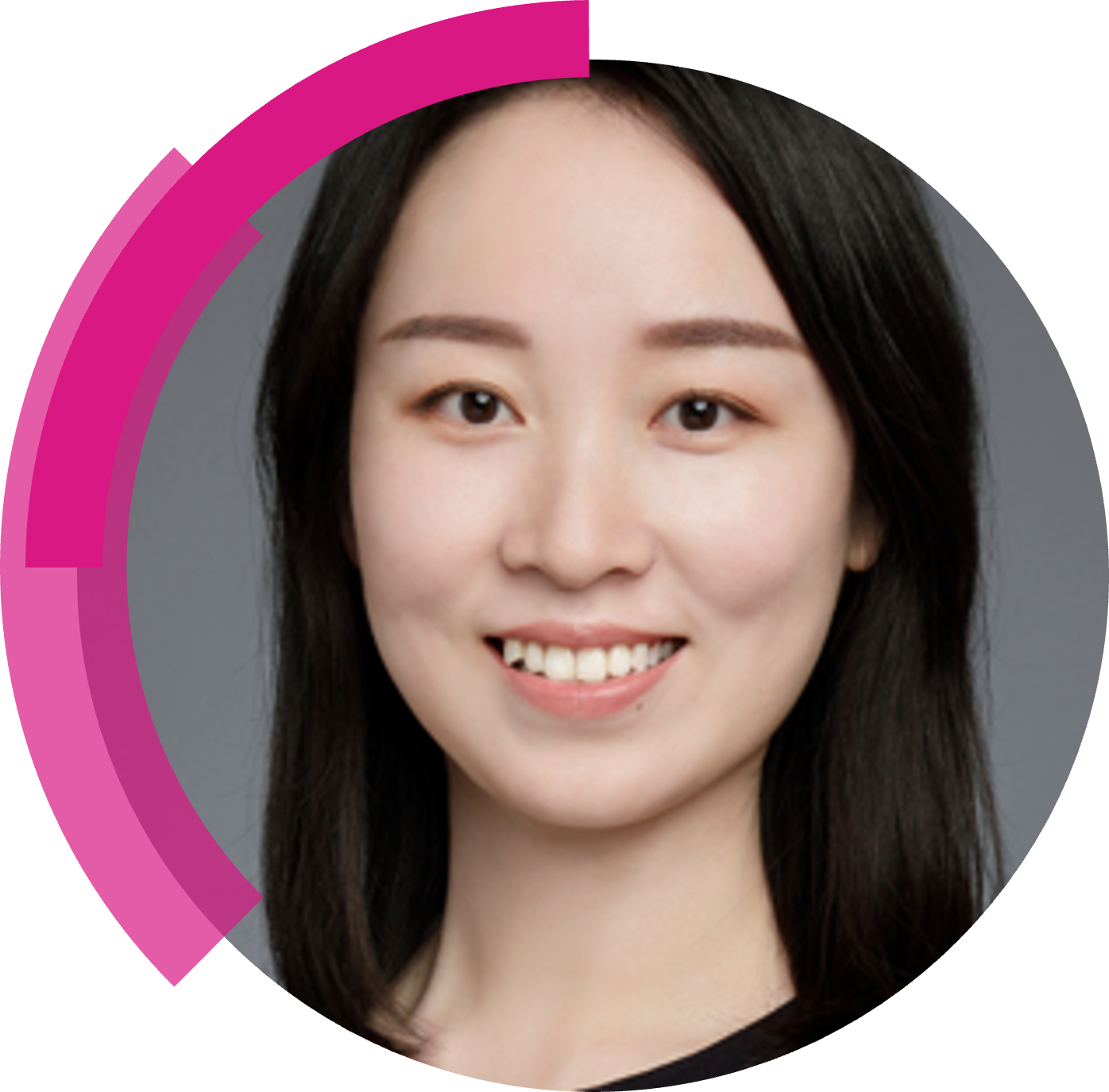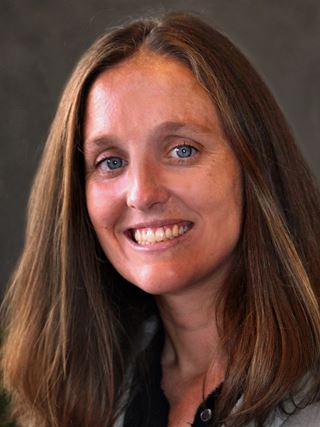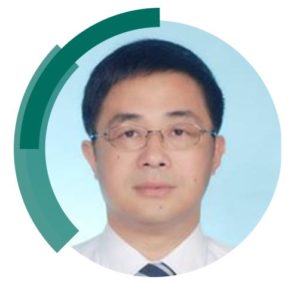Introducing Materials Horizons’ Emerging Investigators 2020/2021 – Part 1.
This year we are pleased to celebrate the tenth anniversary of Materials Horizons. We are so grateful to our fantastic community of authors, reviewers, Board members and readers and wanted to showcase just some of them in a series of ‘Community Spotlight’ blog articles.
In our second ‘Community Spotlight’, we feature some of our past ‘Emerging Investigators’ who have contributed their outstanding research to Materials Horizons.
Our Emerging Investigators series highlights early career scientists who have excelled in their field and work to provide quality research and communications in order to contribute to the constant evolution of chemical sciences. We asked some of our past Emerging Investigators about their experience as up-and-coming researchers and how their work has developed from early career stage to now. Check out their interview responses below.
Ignasi Fina, Emerging Investigator 2020
Institute of Materials Science of Barcelona, Spain
|

Dr. Ignasi Fina works as tenured scientist at the Institute of Materials Science of Barcelona belonging to Spanish National Research Council. He is focused on the study of new ferroelectric materials for non-volatile applications. Ignasi Fina did his PhD in Barcelona, before working as Beatriu de Pinós fellow in Max Planck Institute of Microstructure Physics (Germany). He was also awarded with Juan de la Cierva and Ramon y Cajal fellows. He has coauthored over 120 publications, being corresponding author in nearly half of them.
What inspired you to pursue a career in your specific field of research?
“In the area of research of materials for electronics, as in any other field of research, there are many questions to be answered. The most important thing is to do is focus on the right questions and be sure that you have the right tools to answer them in the best possible manner. The electronics industry is demanding more and more new materials; able to perform better and with novel functional properties. The number of potentially interesting new materials for the electronics industry is huge.
The bottle-necks and the large number of open questions faced by the electronic industry and the fact that I have the right tools to help solve some of them, motivated me to study high quality materials in thin film form, focusing mainly on ferroelectric materials.”
How would you summarise the research which lead to your recognition as an Emerging Investigator for Materials Horizons?
“I work with outstanding quality materials thanks to the work of my colleagues and the developing techniques that we use. These outstanding quality materials are difficult to be directly integrated in commercial devices due to their very demanding fabrication. However, high quality materials are excellent platform to help the understanding of intrinsic properties of materials. This understanding is fundamental for the design of devices showing better performance. My work on the characterization of these outstanding quality materials has allowed me to have a great impact on the field.”
Since becoming an Emerging Investigator, how do you feel your research has developed over time?
“Since becoming an Emerging Investigator, I reinforced my research lines, while collaborating in fruitful projects lead by other excellent scientists. I am very happy how my career has evolved after being highlighted as Emerging Investigator.”
What are some of the current trends or emerging areas of research within your field that you find particularly exciting or promising?
“Few years ago, I started to see works reporting on ferroelectric hafnia. These results were mainly reported by people from Namlab in Germany. I thought at that time that the material was very promising. I thought that the ferroelectric properties were excellent, plus the important fact that the material was fully CMOS compatible. However, the mechanisms that determined the ferroelectric performance of the material were not completely accurate or reliable. Indeed, this issue is still not solved. I find exciting to work on the fundamental understanding of this material, which is extremely relevant to solve the bottlenecks that the material is facing in order to be implemented in commercial devices. I am also very excited by the fact that ferroelectric hafnia is one of the few examples where you have a lot of transversal work in parallel: from theory or fundamental understanding of the material (as me) to integration in commercial devices by many companies and start-ups. Thus, I think that ferroelectric hafnia is a promising material for new generation of energy efficient memory applications capable to be integrated in novel computing architectures and thus of the highest interest.”
What advice would you give to aspiring scientists who hope to make a significant impact in their respective fields?
“The important thing is to work and to think. Both are important. On one hand, you can have excellent ideas, but if you do not have the skills and you do not dedicate time to implement them at a minimum level, it is very unlikely that you will make your ideas understandable by the other scientists and therefore their potential impact can be severely affected. On the other hand, you can work a lot, but if you do not have in your mind clear questions to be answered, you and your colleagues time-investments can be useless. In addition, I also want to emphasize that you must be extremely rigorous and honest. Successful careers are made of a long list of results that others can reproduce and eventually to integrate on applications, or at least this is what I want to think.”
What are some of the main challenges or obstacles you have encountered while conducting your research, and how have you overcome them?
“I am very lucky. I have been working with excellent people. Maybe, this is one of the most positive aspects of my career. My collaborators are excellent scientists in addition of easy-going people. This is an important aspect of the role, science is mainly based on people, not on instruments, or materials, so it is very important to select the right people to work with. Dark side of my career is the bureaucracy. I am not an against bureaucracy. I fully understand that big portion of the research that I am doing is thanks to public funding, including my salary, and we must be extremely transparent and rigorous with all the actions that we take and the money that we invest. However, I find myself dedicating 1 or 2 hours per day to fill paperwork or to reply to people from administration, who, by the way, do an excellent work and I want to thank them for this. I would try to go for longer projects, with even more evaluation stages, and a much more rigorous evaluation of the scientific output. I think that institutions should also trust in the honesty of scientists. This would help a lot on reducing bureaucracy.”
You can read Ignasi’s featured articles here:
Local manipulation of metamagnetism by strain nanopatterning
Michael Foerster, Enric Menéndez, Emerson Coy, Alberto Quintana, Carles Gómez-Olivella, Daniel Esqué de los Ojos, Oriol Vallcorba, Carlos Frontera, Lucia Aballe, Josep Nogués, Jordi Sort and Ignasi Fina.
Mater. Horiz., 2020,7, 2056-2062 DOI: 10.1039/D0MH00601G
Control of up-to-down/down-to-up light-induced ferroelectric polarization reversal
Huan Tan, Gustavo Castro, Jike Lyu, Pablo Loza-Alvarez, Florencio Sánchez, Josep Fontcuberta and Ignasi Fina.
Mater. Horiz., 2022,9, 2345-2352 DOI: 10.1039/D2MH00644H
Jun Zhang, Emerging Investigator 2020
Qingdao University, China
|
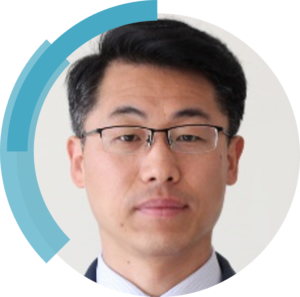
Jun Zhang is currently a full professor at the College of Physics, Qingdao University. He received his PhD from Nankai University in 2011. After graduation, he started his career at the University of Jinan, where he worked from 2011–2014. Prior to joining Qingdao University in 2016, he worked with Prof. Nicola Pinna at Humboldt University, Berlin, in 2014–2015. He was selected as Materials Horizons- Emerging Investigator in 2020 and awarded highly cited author 2021 of RSC. Current research in his group is focused on the elaboration of nanostructured materials for applications in gas sensors and energy devices. He has published over 130 scientific papers in peer-review journals with over 10000 citations and H-index of 60. He has delivered over 20 invited talks in academic conferences.
What inspired you to pursue a career in your specific field of research?
“I would say my footsteps in my current research in nanomaterials and sensors were derived from my interest in chemistry. I have been getting quite good scores in Chemistry since middle school. It is amazing that you can create new materials and beautiful structures by chemical reactions, the process of which is quite magic and artistical. When I started pursing my postgraduate degree, I decided to follow my interest in chemistry to make new materials and structures and use them to fabricate gas sensors. To me, the sensory process is another field full of curiosity. The unseen interactions between gasses molecules and materials surface lead to visible changes in electrical signals. At the same time, I note the sensors are very ubiquitous and useful in our daily life. Although there are still many challenges, I would not stop my steps in this field.”
Since becoming an Emerging Investigator, how do you feel your research has developed over time?
“I would like to truly thank the editors of Materials Horizons for having considered me as a candidate for an Emerging Investigator. This further strengthens our confidence in the sensor research. It also helps build our credit in this field. In the past two years, we have received several invitations by RSC journals like Mater Horizon, Chem Comm, Chem Soc Rev and Sensor Diagnosis to submit our new works. I believe it is the quality of our works that lead to the invitations for submission. I also received a certificate as a RSC-Highly Cited Author. Looking back, since my first paper published in JMC in 2010, I have published over 15 papers in RSC journals. I would thank RSC for having contributed to the development of my career. I am more than happy that our works are read and recognized by the community.”
You can read Jun’s featured article here:
Platinum single atoms on tin oxide ultrathin films for extremely sensitive gas detection
Yongshan Xu, Wei Zheng, Xianghong Liu, Liqiang Zhang, Lingli Zheng, Chen Yang, Nicola Pinna and Jun Zhang.
Mater. Horiz., 2020,7, 1519-1527 DOI: 10.1039/D0MH00495B
Zhengyang Bin, Emerging Investigator 2021
Sichuan University, China.
|
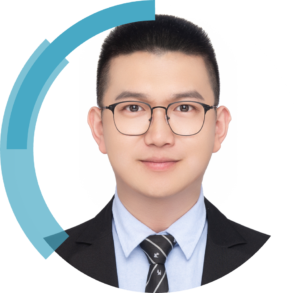 Zhengyang Bin is a professor at College of Chemistry in Sichuan University. He received his PhD from Tsinghua University in 2018, under the supervision of Prof. Yong Qiu and Prof. Lian Duan. His current research focuses on OLED materials and devices.
Zhengyang Bin is a professor at College of Chemistry in Sichuan University. He received his PhD from Tsinghua University in 2018, under the supervision of Prof. Yong Qiu and Prof. Lian Duan. His current research focuses on OLED materials and devices.
What inspired you to pursue a career in your specific field of research?
“My research focuses on OLED materials and devices, driven by two key factors. Firstly, the exciting and innovative nature of OLED technology offers numerous potential benefits, making it a promising field for further exploration and advancement. Secondly, my PhD advisers’ personal charm and mentorship have inspired me to pursue this career with great passion and dedication.”
How would you summarize the research which lead to your recognition as an Emerging Investigator for Materials Horizons?
“In our Emerging Investigator Series article ‘A methyl-shield strategy enables efficient blue thermally activated delayed fluorescence hosts for high-performance fluorescent OLEDs’ (DOI:10.1039/D1MH00530H), a novel strategy of incorporating a methyl-shield into TADF hosts in TSF-OLEDs achieved, for the first time ever, an extremely high efficiency of 32.3% for these OLEDs.”
Since becoming an Emerging Investigator, how do you feel your research has developed over time?
“This recognition leads to increased visibility and opportunities for collaboration, funding, and further research growth.”
What are some of the current trends or emerging areas of research within your field that you find particularly exciting or promising?
“One of the exciting and promising emerging areas of research in OLED is the development of narrowband OLED emitters. By improving colour purity and efficiency compared to traditional broad-spectrum OLEDs, narrowband OLEDs have the potential to revolutionize high-quality displays for medical imaging or other colour-critical applications, as well as lighting for horticulture and agricultural purposes. This groundbreaking innovation represents a significant step forward in advancing OLED technology and its various benefits.”
What advice would you give to aspiring scientists who hope to make a significant impact in their respective fields?
“Pursuing your passions, remaining open-minded, staying up to date with the latest research, collaborating with others and persevering through failure.”
What are some of the main challenges or obstacles you have encountered while conducting your research, and how have you overcome them?
“Creating unique and representative works in the field can be a challenging yet crucial task. To overcome this obstacle, I dedicated significant effort to reading numerous papers and experimenting with different approaches. Through dedicated effort, my team and I have formulated a novel “medium-ring” strategy for the development of structurally unconventional OLED materials. This approach holds much potential for the further development of OLED materials and assembly of high-performance OLED devices.”
You can read some of Zhengyang Bin’s featured articles here:
A methyl-shield strategy enables efficient blue thermally activated delayed fluorescence hosts for high-performance fluorescent OLEDs.
You Ran, Ge Yang, Yang Liu, Weiguo Han, Ge Gao, Rongchuan Su, Zhengyang Bin and Jingsong You.
Mater. Horiz., 2021,8, 2025-2031 DOI: 10.1039/D1MH00530H
Dipole moment engineering enables universal B–N-embedded bipolar hosts for OLEDs: an old dog learns a new trick.
Shuang He, Junjie Liu, Ge Yang, Zhengyang Bin and Jingsong You.
Mater. Horiz., 2022,9, 2818-2823. DOI: 10.1039/D2MH00856D
Geometry engineering of a multiple resonance core via a phenyl-embedded strategy toward highly efficient narrowband blue OLEDs
Yimin Wu, Xiaoyu Liu, Junjie Liu, Ge Yang, Songyan Han, Dezhi Yang, Xiaosong Cao, Dongge Ma, Zhengyang Bin and Jingsong You.
Mater. Horiz., 2023, Advance Article. DOI: 10.1039/D3MH00617D
We hope you have enjoyed reading these interviews from our Emerging Investigators. You can find all our past Emerging investigator editorials and featured articles here:
Emerging Investigators 2020/2021
Emerging Investigators 2022/2023
This is only part one of September’s community spotlight. Don’t forget to check out part two here:
Materials Horizons 10th Anniversary ‘Community Spotlight’ – Meet our Emerging Investigators Part 2
Or to read more of our community spotlight blog, return to the home page here
Coming up next month in our Community Spotlight are our Outstanding Reviewers.
Comments Off on Materials Horizons 10th Anniversary ‘Community Spotlight’ – Meet our Emerging Investigators Part 1
